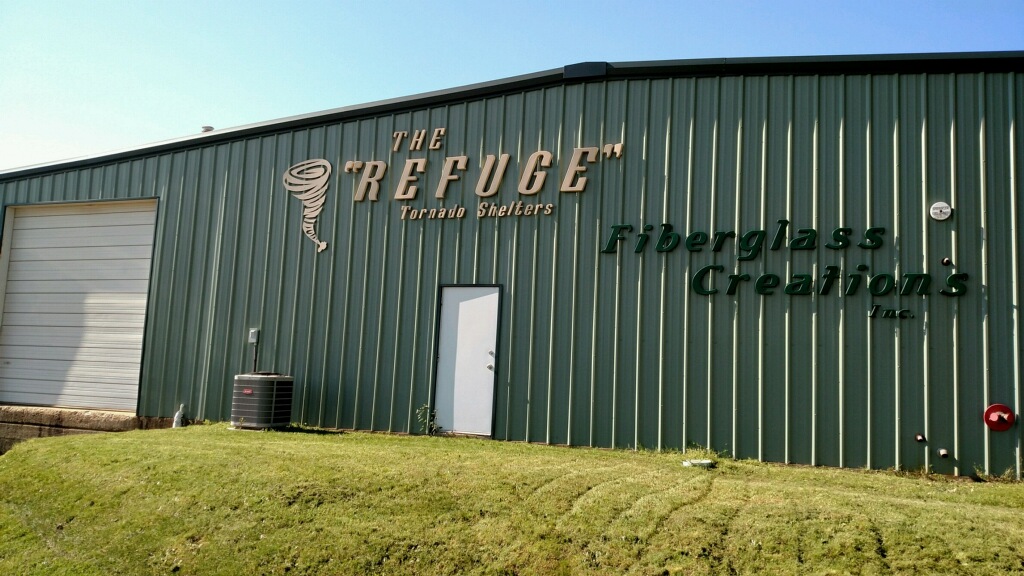


An in-ground shelter installed outside, as well as a below-ground shelter installed inside, can easily become heavily covered with a massive amount of debris that can trap the occupants inside the shelter.Īn additional concern regarding in-ground or below-ground shelters, is the possibility that the occupants of the shelter may be elderly or have mobility issues. High-intensity tornados can rip homes into pieces, toss automobiles, and fling heavy objects from all different directions. Rainwater can easily collect if a number of occupants are entering an inground shelter during a storm that is producing a lot of rain. In-ground shelters can also have issues holding moisture and condensation. Over time, in-ground shelters will eventually leak, either around the door seal, or inside the unit itself. Why wouldn't I want an in-ground or below-ground shelter? Our units exceed the standards required by FEMA 320/361 and ANSI ICC 500 guidelines for the construction of Tornado shelters and safe rooms. They have been tested and approved by the National Wind Institute at Texas Tech University. Yes, our above-ground shelters are designed to withstand the winds of EF-5 tornados. ĭoes an above-ground shelter protect me as well as in-ground shelter will?
#Fema approved metal storm shelter install
No, we don't customarily install a floor in our shelters, but for an additional charge we can. The outside unit ventilation covers are installed on the sides rather than on the top, like that of the indoor unit. The difference in height between the indoor and outdoor units is due to the ventilation covers. The shelters for outdoor installation are 75" tall. Our shelters made for indoor installation are 78" tall. What is the height of your storm shelters?


 0 kommentar(er)
0 kommentar(er)
